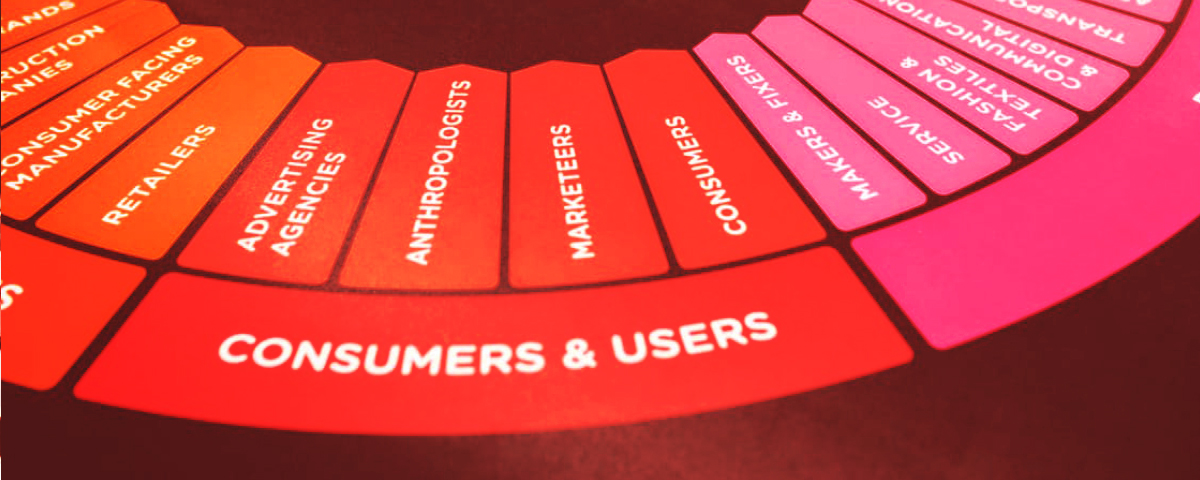Marketing Science is the thought leader of Kantar IMRB, tasked with ideation and innovation. We distil the best in psychology, sociology, technology, statistics, and economics, to develop insightful, actionable, and fast-paced solutions that are marketer-centric.
We are a motley group of people with a vibrant mix of youth and experience amongst our ranks, possessing a wide range of skill-sets and training. We are researchers, designers, statisticians, economists, ethnographers hailing from diverse backgrounds. We draw on each other’s talents and capabilities to conceptualize solutions to complex problems and deliver them in the simplest, most impactful manner.

Our expertise lies in the field of forward-looking consumer understanding, be it through segmentation, pricing, forecasting, branding, communication, or product testing. We regularly work with the best minds in academia and technology globally to ensure that our solutions are founded on proven principles and are applied creatively to anticipate the future. We apply cutting edge and latest analytical thoughts, processes and models – from picture recognition to social media analytics to neural networks and agent based modelling – to System-1-inspired methods of consumer engagement. We are constantly validating, challenging, and recasting our own work, in order to keep up with the demanding and ever-changing nature of the times we live in.
Our solutions are flexible enough to adapt themselves to various sectors like FMCG, auto, durables, financial services, telecom etc. They have been used to frame and execute successful strategies across companies and sectors, both in India and globally.